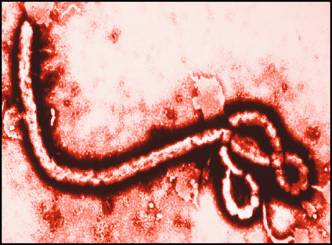
Although many people believe that vitamin E is a singular substance, the term actually incorporates a class of fat-soluble substances that play a crucial role in our body’s function. Each of the vitamin’s constituents has unique features and uses.
Vitamin E Deficiency
Scientists have correlated the body’s deficiency of vitamin E with the appearance of certain symptoms or problems. However, this is a controversial subject and the results of the studies conducted so far have not always been conclusive.
The following symptoms and problems are believed to be related to the Vitamin e deficiency:
The body’s incapacity to absorb enough amounts of nutritive substances for its proper function. These substances refer to proteins, lipids and carbohydrates
Problems related to the digestive system due to the body’s incapacity to absorb nutrients from the digestive tract. These problems refer to: gallbladder, liver, celiac and pancreatic disorders
Peripheral Neuropathy conditions. These conditions refer to problems associated with the nervous system in the limbs. Symptoms include: a tingling or painful sensation or complete loss of feeling in the body’s extremities- Skin problems
Studies have shown that premature born babies are more at risk to suffer from vitamin E deficiency.
Moreover, treatments with anticonvulsant drugs meant to reduce high cholesterol levels play a role in reducing the body’s reserve of vitamin E.


























